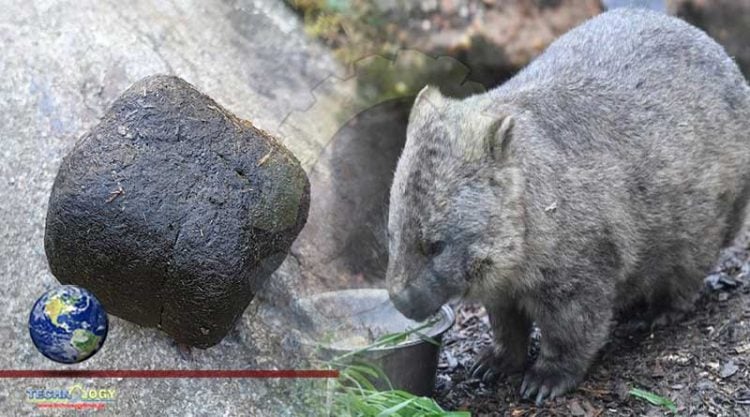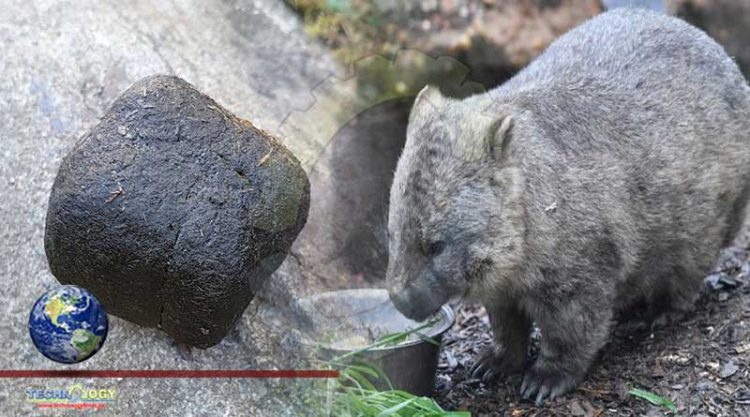Despite having round anuses like all other mammals, bare-nosed wombats do not produce round pellets, tubular coils or messy piles; they are the only creature on Earth that poops cubes.
Wombats, marsupials native to the grassy plains and eucalyptus forests of Australia, are among the most adorable animals in the world, but to animal experts they have been a tough-to-solve mystery for a very long time. And it has all been because of their poop. You see, wombats have the unique ability to produce up to 100 distinctive, cuboid pieces of poop every day. Now, researchers say they have uncovered how the wombat intestine creates this unusually-shaped excrement.

Researchers at Georgia Institute of Technology first started studying the bare-nosed wombat’s ability to poop cubes back in 2018, by analyzing the digestive tracts of wombats involved in car accidents. They compared the marsupial’s intestines to those of pigs, by inserting a balloon into the animals’ digestive tracts to see how it stretched to fit the balloon, and found regions of varied thickness and stiffness.
Scientists then created a 2D mathematical model to simulate how these intestine regions contract and expand with the rhythms of digestion, over multiple days, shaping the poop into its cuboid shape. Softer intestinal regions squeeze slowly and mold the final corners of the cube, researchers found. Interestingly, in most mammals, the contractions of intestinal muscles occur in all directions, but in wombats, the grooved tissue and irregular contractions shape the poop differently.
“Bare-nosed wombats are renowned for producing distinctive, cube-shaped poos. This ability to form relatively uniform, clean cut faeces is unique in the animal kingdom,” Scott Carver, a wildlife ecologist from the University of Tasmania, said.
While this research may seem completely meaningless, or just meant to satisfy human curiosity, the scientists involved in the study say that these new revelations could have a big impact on human digestive health research and manufacturing technology.
“We currently have only two methods to manufacture cubes: We mold it, or we cut it. Now we have this third method,” Dr. Patricia Yang said. It would be a cool method to apply to the manufacturing process, how to make a cube with soft tissue instead of just molding it.
Now that the mystery of how bare-nosed wombats produce cubical poop seems to have been solved, that only leaves the ‘why’. Scientists have some theories about this as well. One states that because wombats pick up their poop and stack it as a way of communicating between them, the cubicle shape helps them build higher poop towers.
Another theory claims that because wombats tend to use their poop to mark their territory on rocks and logs, the cubical shape of the excrement ensures that it won’t simply roll off. Who knew that animal poop could be so fascinating, right?
Also fun fact, the poop of wombats in captivity isn’t as cubic as that of wild ones. The squarer the poop, the healthier the wombat, apparently.













